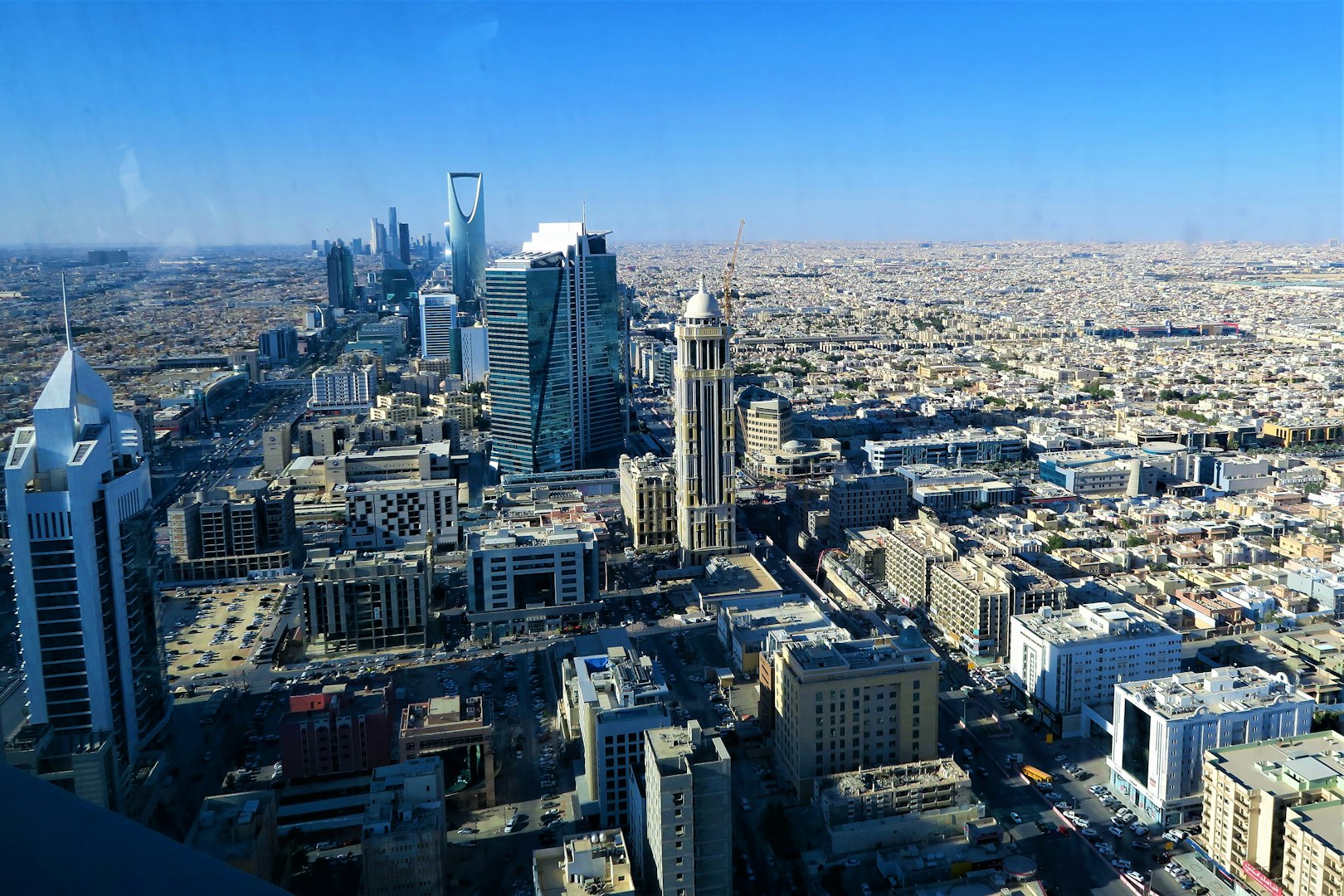Vision 2030: Transforming Saudi Arabia's Road Safety for HGV and PSV Vehicles
Zed Aziz
15th May 2024

In the heart of the Middle East, Saudi Arabia is on a remarkable journey towards modernisation and sustainable development with its Vision 2030 initiative. Led by Crown Prince Mohammed bin Salman, Vision 2030 aims to transform the Kingdom's economy, society, and infrastructure. A key part of this ambitious plan is improving road safety, particularly for Heavy Goods Vehicles (HGV) and Public Service Vehicles (PSV).
A Vision for Safer Roads
Saudi Arabia's extensive road network has long been a source of concern due to the high rates of traffic accidents and fatalities. Recognising the urgent need for reform, Crown Prince Mohammed bin Salman has made road safety a top priority in Vision 2030. This comprehensive strategy involves implementing stringent new regulations, embracing technological innovations, and forging international partnerships to reduce accidents and enhance overall road safety.
Key Regulations and Measures
To create a safer road network, the Saudi government has introduced several stringent regulations specifically targeting HGVs and PSVs:
Stricter Licensing Requirements: The standards for obtaining and renewing licences for HGV and PSV drivers have been significantly raised. This includes advanced training programmes and regular assessments to ensure drivers maintain high levels of competence.
Enhanced Vehicle Inspections: Regular and thorough inspections of HGVs and PSVs are now mandatory. These inspections focus on critical safety components such as braking systems, tyres, and overall vehicle maintenance to prevent mechanical failures on the road.
Speed Limiting Devices: The installation of speed limiting devices on all HGVs and PSVs is now required to control vehicle speeds and reduce the likelihood of high-speed accidents.
Electronic Logging Devices (ELDs): ELDs have been introduced to monitor drivers' hours and prevent fatigue-related accidents. These devices ensure drivers adhere to regulated rest periods, promoting alertness and reducing the risk of accidents caused by drowsy driving.
Advanced Driver Assistance Systems (ADAS): There are incentives to adopt ADAS, such as collision avoidance systems and lane departure warnings, providing an additional layer of safety for drivers and other road users.
International Collaborations
Understanding the value of global expertise, Saudi Arabia has partnered with several international organisations to implement best practices and advanced technologies in road safety:
European Union Road Safety Collaboration: In collaboration with the European Union, Saudi Arabia is adopting EU road safety standards and practices, which are among the most stringent in the world. This partnership includes training programmes for Saudi officials and drivers, as well as implementing EU-compliant safety technologies.
Partnership with the International Road Transport Union (IRU): Working with the IRU, Saudi Arabia aims to improve the safety and efficiency of its road transport sector. The IRU provides expertise in regulatory frameworks and driver training programmes that align with international best practices.
Collaboration with Global Tech Firms: Saudi Arabia is engaging with leading technology firms worldwide to incorporate the latest advancements in vehicle safety and telematics. These collaborations focus on integrating innovative technologies such as AI-based traffic management systems and autonomous driving features.
Technological Innovations
Technology plays a crucial role in Saudi Arabia's road safety strategy. The Kingdom is investing heavily in state-of-the-art technologies to monitor and manage its road network:
Smart Traffic Management Systems: Advanced traffic management systems equipped with AI and IoT technologies are being deployed to monitor traffic flow and manage congestion in real-time. These systems can predict and mitigate potential traffic incidents, ensuring smoother and safer travel for HGVs and PSVs.
Telematics and Big Data Analytics: By utilising telematics, Saudi Arabia is collecting vast amounts of data on vehicle performance and driver behaviour. Big data analytics is then used to identify patterns and develop targeted interventions to enhance road safety.
Connected Vehicle Technology: Efforts are underway to implement connected vehicle technology, enabling HGVs and PSVs to communicate with each other and with road infrastructure. This technology can provide real-time alerts about road conditions, hazards, and optimal driving routes, significantly improving safety.
Future Prospects
As Saudi Arabia moves forward with its Vision 2030, the emphasis on road safety for HGVs and PSVs reflects a broader commitment to sustainable and inclusive development. The successful implementation of these initiatives is expected to result in a significant reduction in road accidents and fatalities, fostering a safer and more efficient transport network.
The transformative vision laid out by Crown Prince Mohammed bin Salman represents not just a plan for infrastructural improvement but a holistic approach to enhancing the quality of life in Saudi Arabia. By prioritising road safety and leveraging international expertise and cutting-edge technology, Saudi Arabia is setting a benchmark for other nations aiming to create safer, more sustainable transport systems.